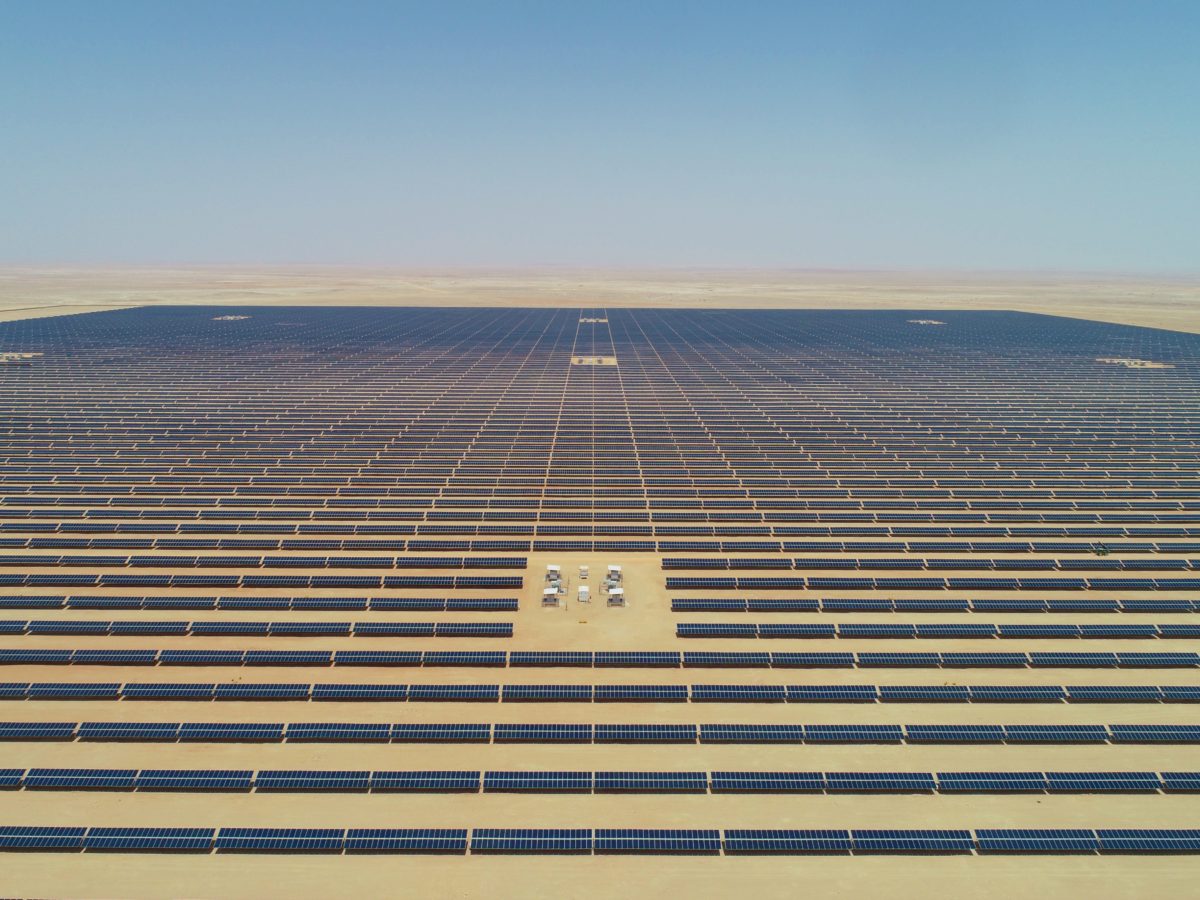The global non-residential solar operations & maintenance (O&M) business is predicted to more than double to US$ 9 billion by 2025 from being a US$ 4 billion market in 2019, according to global research & analytics firm Wood Mackenzie. A steady growth in the global solar power industry has led to an unprecedented and rising demand for O&M services.
With solar energy playing a noteworthy role in India’s energy transition too, an ever-appealing opportunity transcends the solar O&M industry. India’s solar footprint has matured from 3.7 GW in 2015 to over 40 GW in FY2021. With this, domestic solar O&M has emerged as a separate market with its own landscape and dynamics. As more and more solar plants get stable, an increasing number of O&M contracts are getting re-tendered, presenting a growing opportunity for O&M providers.
Faster technology adoption
Until a few years ago, solar O&M was limited only to module cleaning, plant security, optimal spares management and overall plant upkeep. As large-scale solar assets mature and plant sizes increase, asset owners are realising the value of a strategic data-driven approach for maintenance. Timely reporting and accuracy of plant performance metrics, and plant availability is a critical requirement of the asset owners. With smart technology becoming a powerful competitive advantage, the solar O&M market is fast changing from being conventional to tech driven.
New technologies are being implemented to improve asset cycle management, remote sensing (powered by Industrial Internet of Things), cloud computing and aerial techniques for visual imaging. With the solar M&A market booming and with a drop in tariffs, digitisation is facilitating sellers find buyers easily and operate assets more efficiently. It also helps reduce manpower dependency and create better insights for improved operations. Technology-driven O&M is now a prerequisite to attracting investment into the sector and maximising Levelized Cost of Energy (LCOE) for the investor.
Monitoring and data analysis
The need of the hour is continuous performance monitoring, trend analysis and forecasting, and predictive analytics to ensure maximum plant performance and reduce plant downtime.
Artificial intelligence (AI) and machine learning (ML) have emerged as important tech solutions in the quest for better monitoring and predictive maintenance. These technologies have the potential to analyse big data, optimise the present and forecast future trends.
AI can monitor patterns and trends in data to better predict and potentially optimise future maintenance and performance activities. And with ML, more data can lead to better analysis and greater accuracy. Predictive and prescriptive analytics-based maintenance cuts down cost and reduces the potential for unforeseen failures, whereas automation assists in plant monitoring, efficient robotic cleaning, better data capturing and advanced analytics, thus resulting in better performance. For example, drone-based remote monitoring and other aerial techniques have reduced inspection time and site visits. And autonomous drone inspections and mobile vans are utilised to evaluate and detect component and cable faults and make rectifications.
Market forces are also causing higher investments in R&D to make the equipment uptime more reliable. This advancement, supported by AI and ML, is leading to higher reliability on equipment life and decrease in downtime.
Cost-effective performance
Cost composition in a solar O&M project is rapidly changing owing to increased automation and advanced tools. With prices reducing, there is an enhanced pressure on process and cost optimisation. As developers and asset owners explore newer methods on cost optimisation, service providers remain focused on enhancing profitability, streamlining availability and performance, minimising consumption, and lowering operating costs. Tech-based solutions significantly reduce maintenance costs on module cleaning and associated manpower and help maintain profitability.
With experience comes insight
A holistic approach is needed in operating and maintaining solar projects in order to deliver the highest plant efficiency. There must be dedicated teams to conduct regular plant performance, recommend preventive and corrective maintenance, and optimise plant yield. They must integrate proven state-of-the-art and best-in-class digital tools and tracks to analyse real-time data in order to improve preventive maintenance and plant performance.
Following the above approach, Sterling and Wilson Renewable Energy consistently surpasses performance guaranteed to its customers. Our average availability is 99.7% in most O&M plants – higher than the current norm of 99.5%. Our internationally certified mobile module testing lab facilitates efficient testing of modules at plant sites, while our state-of-the-art network operations centre gives instant business insights as a value-added service.
Conclusion
Moving forward, the future appears more exciting as the entire lifecycle of a solar asset gradually converts into a digital blockchain where assets will be sold and purchased on a transparent platform and financial transactions will get streamlined. Digitisation will lead to completely automated operations and uberization of manpower in surveillance, module cleaning and remote monitoring for enhanced plant performance. As the solar O&M story continues to be on a growth path, cutting-edge technologies have the potential to optimise critical components, stay competitive and revolutionise the solar O&M industry.
The views and opinions expressed in this article are the author’s own, and do not necessarily reflect those held by pv magazine.
This content is protected by copyright and may not be reused. If you want to cooperate with us and would like to reuse some of our content, please contact: editors@pv-magazine.com.








Solar energy, green energy